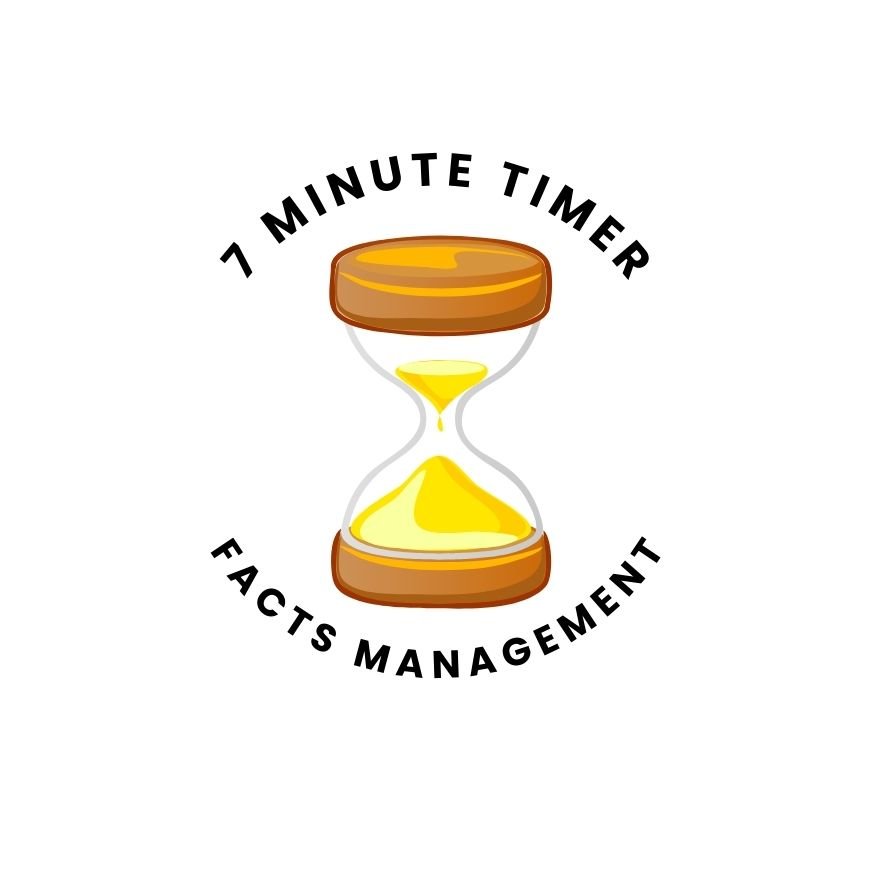Understanding Gap Insurance
Gap insurance, also known as guaranteed asset protection insurance, is a type of coverage that helps protect you financially if your car is totaled or stolen and you owe more on your loan or lease than the car is worth. It covers the “gap” between what you owe on the vehicle and its actual cash value.
Many people are unsure whether they have gap insurance or not. In this article, we will discuss how you can determine if you have gap insurance and what steps you can take to obtain it if you don’t.
Check Your Insurance Policy
The first step in determining if you have gap insurance is to review your insurance policy. Look for any mention of gap insurance or guaranteed asset protection. The policy document should clearly state whether or not you have this coverage.
If you have a physical copy of your policy, check the declarations page. This page provides an overview of your coverage and should list any additional coverage options, including gap insurance.
If you have an online account with your insurance provider, log in and navigate to your policy details. Look for a section that mentions gap insurance or additional coverage options. If you are unable to find the information online, consider contacting your insurance provider directly for clarification.
Contact Your Insurance Provider
If you are still unsure whether you have gap insurance after reviewing your policy, the next step is to contact your insurance provider. They will have the most accurate and up-to-date information regarding your coverage.
Call the customer service number provided by your insurance company and explain that you are looking to determine if you have gap insurance. Provide them with your policy number and any other relevant details they may require.
The customer service representative will be able to review your policy and inform you if you have gap insurance or not. If you do have gap insurance, they can also provide you with details on what it covers and any limitations or exclusions.
Review Your Loan or Lease Agreement
If you financed your car through a loan or lease, your loan or lease agreement may include provisions for gap insurance. Review the documents you received when you purchased or leased the vehicle.
Look for any mention of gap insurance or guaranteed asset protection. The agreement should clearly state whether or not you have this coverage and any associated costs.
If you are unable to locate your loan or lease agreement, contact the financial institution or dealership that provided the financing. They should be able to provide you with a copy of the agreement or clarify whether you have gap insurance.
Consider the Age of Your Vehicle
In some cases, the age of your vehicle may provide a clue as to whether you have gap insurance. Gap insurance is typically more common for newer vehicles, especially those that are leased or financed.
If you recently purchased or leased a brand-new car, it is more likely that you have gap insurance. However, this is not always the case, so it is important to check your policy or contact your insurance provider to confirm.
For older vehicles that are fully paid off or have significantly depreciated in value, gap insurance is less common. However, some insurance providers may still offer this coverage for older vehicles, so it is worth checking with your provider.
Benefits of Gap Insurance
Now that you know how to determine if you have gap insurance, let’s briefly discuss the benefits of having this coverage.
1. Financial Protection: Gap insurance provides an additional layer of financial protection by covering the gap between what you owe on your vehicle and its actual cash value. This can help prevent you from being left with a significant amount of debt if your car is totaled or stolen.
2. Peace of Mind: Knowing that you have gap insurance can give you peace of mind, especially if you have a loan or lease on a new or expensive vehicle. It ensures that you are not solely responsible for paying off a car that you no longer have.
3. Affordable Coverage: Gap insurance is generally affordable and can be added to your existing auto insurance policy. The cost of the coverage will depend on various factors, including the value of your vehicle and your insurance provider.
Conclusion
Determining if you have gap insurance is an important step in understanding your overall financial protection when it comes to your vehicle. Start by reviewing your insurance policy and contacting your insurance provider for clarification. Additionally, review your loan or lease agreement and consider the age of your vehicle. If you don’t currently have gap insurance, it may be worth considering adding this coverage to your policy for added peace of mind.
Remember, each insurance provider may have different policies and coverage options, so it is essential to consult with your specific provider to determine your coverage accurately.




